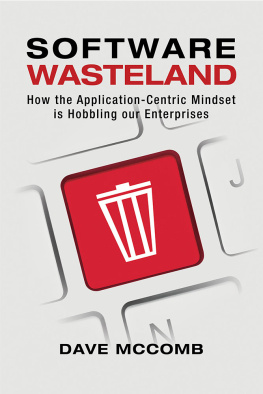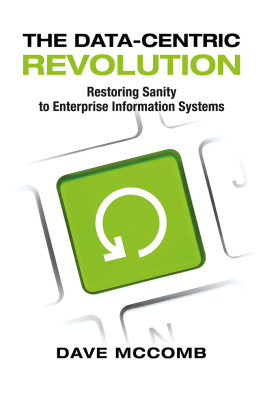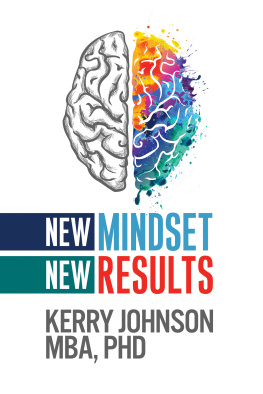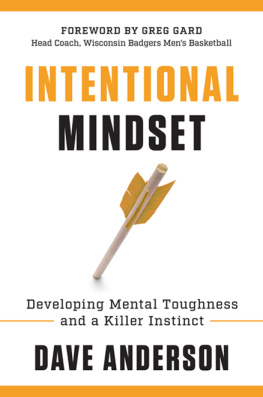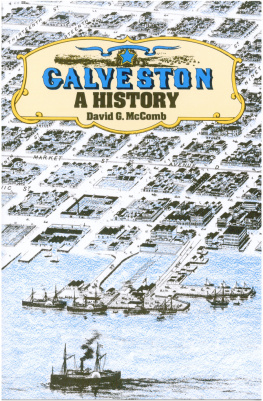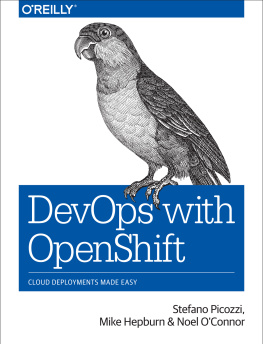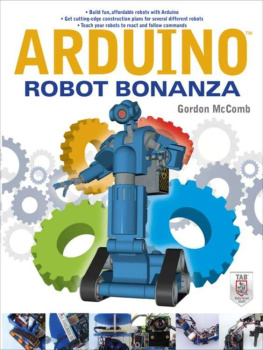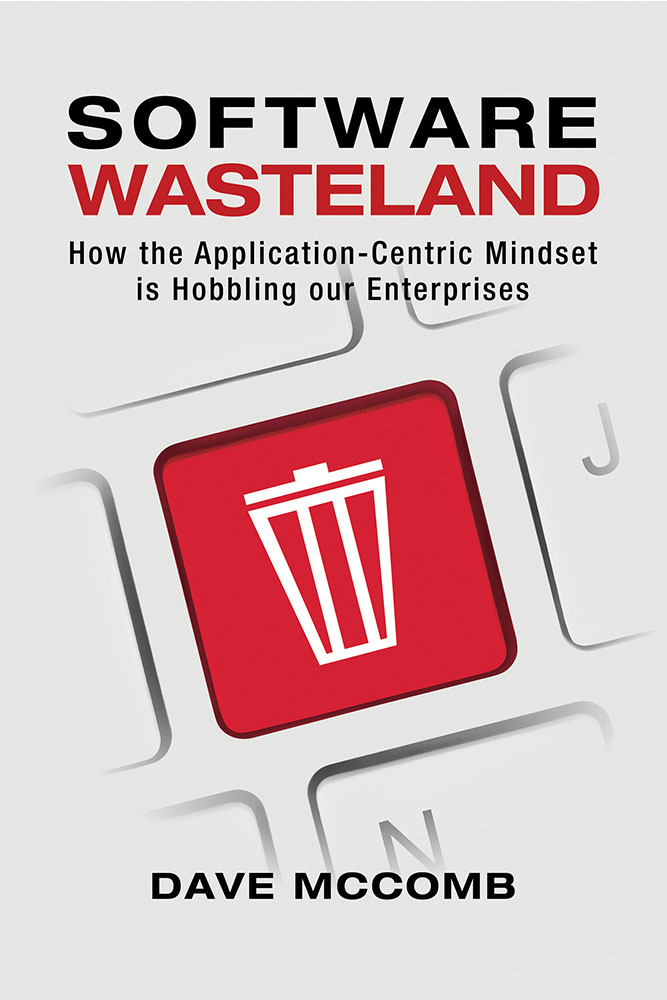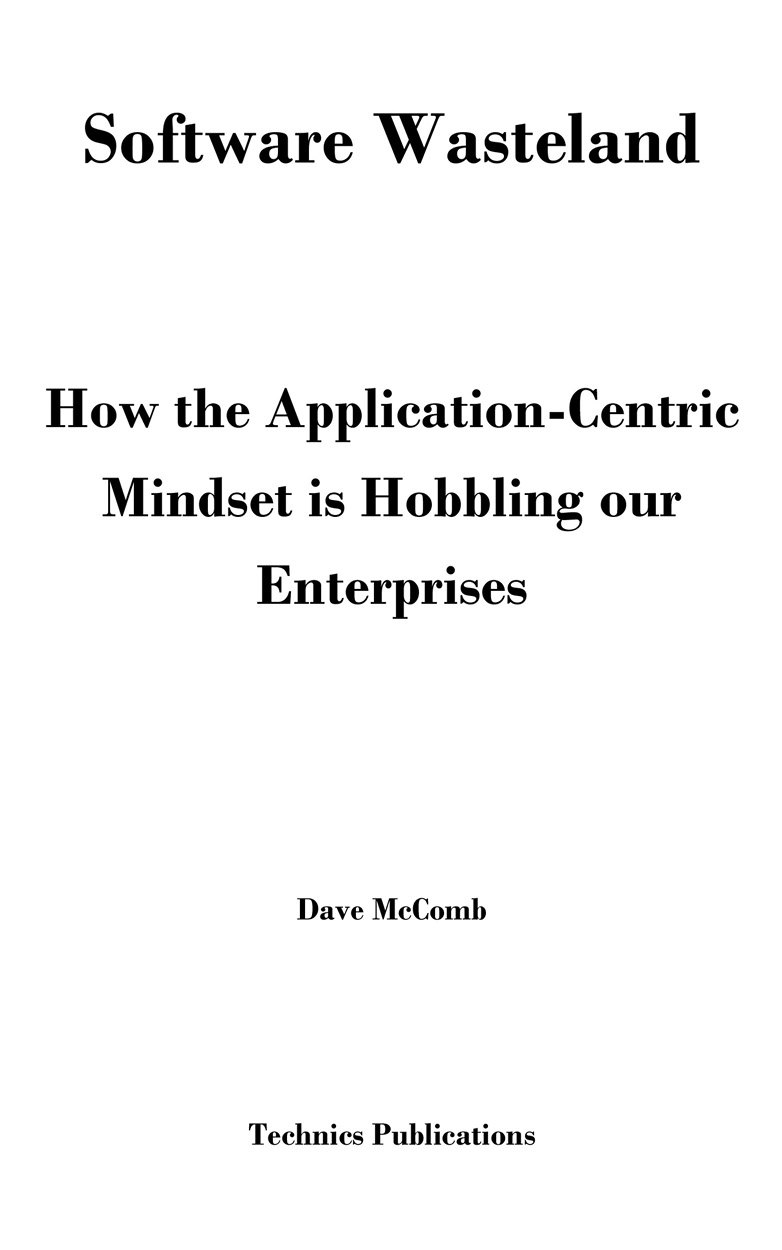
Published by:

2 Lindsley Road
Basking Ridge, NJ 07920 USA
https://www.TechnicsPub.com
Edited by Lauren McCafferty
Cover design by Lorena Molinari
All rights reserved. No part of this book may be reproduced or transmitted in any form or by any means, electronic or mechanical, including photocopying, recording or by any information storage and retrieval system, without written permission from the publisher, except for the inclusion of brief quotations in a review.
The author and publisher have taken care in the preparation of this book, but make no expressed or implied warranty of any kind and assume no responsibility for errors or omissions. No liability is assumed for incidental or consequential damages in connection with or arising out of the use of the information or programs contained herein.
All trade and product names are trademarks, registered trademarks, or service marks of their respective companies, and are the property of their respective holders and should be treated as such.
First Printing 2018
Copyright 2018 by Dave McComb
ISBN, print ed. 9781634623162
ISBN, ePub ed. 9781634623186
ISBN, PDF ed. 9781634623193
Library of Congress Control Number: 2017964492
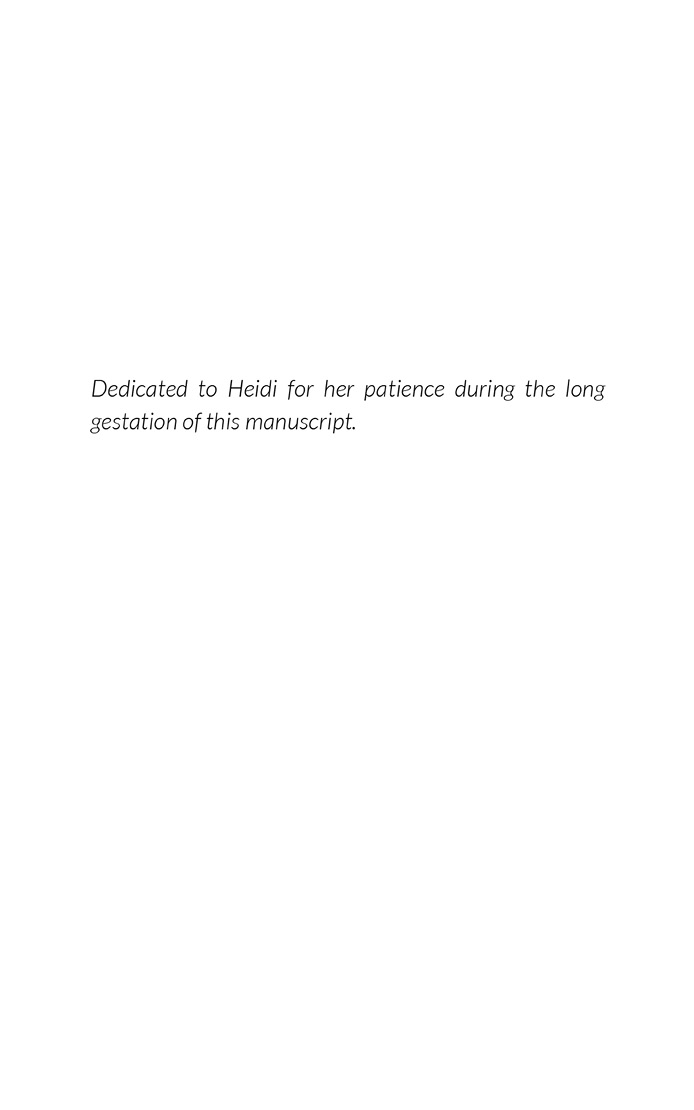
Introduction
Enterprise IT (Information Technology) is a $3.8 trillion per year industry worldwide, and $1 trillion in the US alone. At 32% of the total capital spend, it exceeds construction and is closing in on equipment spending. At least half and perhaps as much as three fourths of this spending is wasted. The capabilities that are delivered fall far short of what our technology makes possible.
We (and by we, I refer to the people in charge of estimating, proposing, and executing information application projects or system integration projects) have come to simply accept the current state. It has become the norm to have projects cost tens of millions, hundreds of millions, or even billions of dollars, and routinely run over budget and schedule by hundreds of percent. These budget and monetary overages are almost all waste. However, the waste is hard to see, after being so marbled through all the products, processes, and guiding principles. That is where this book comes in. We must see, understand, and agree about the problem before we can take coordinated action to address it.
We refer to the current state of affairs as the Application-Centric Quagmire. Our root cause analysis, detailed in , pins the industries current woes on a firmly entrenched mindset, which we call being Application-Centric. We watch firms addicted to this mindset struggle to break free. But struggling to free yourself, while still clinging to the beliefs that keep you stuck is not a solution. Weve come to refer to this situation as the quagmire because after decades of watching executives struggle with their systems, it seems apt. The harder they flail and the more they invest, the more stuck they become.
Not everyone has the problems described in this book. A few firms (mostly those that were founded in the 21 st century, often called the digital natives) have managed to avoid the quagmire. Avoiding the quagmire is how Instagram managed to scale to 100 million users with a team of five building, deploying, and managing their apps. Amazon pushes changes to its systems up to five times a second. They are not in the quagmire.
Most established companies are well enmeshed in the quagmire. Moreover, failing to understand the behavior and mindsets that got them in the quagmire will keep them stuck. This book is for the companies that are frustrated with their current systems, and suspect that things could be much, much better.
The trajectory of this book is as follows:
- In , we explore how bad the current state is. Were talking about waste at a terrific scale.
- In , we explore the economics of the software industry. Many of the lessons weve brought across from other industries dont apply here. Additionally, the economic tradeoffs are changing at the speed of Moores Law, but our approaches are not keeping pace.
- In , we use root cause analysis to reveal the real contributors to this situation.
- recounts the many attempts weve made in the past to deal with information system complexity, and why they have been marginally effective.
- dismantles seven fallacies that sound good on the surface, but contribute to our remaining stuck.
- The quagmire is not affecting all sectors of the economy equally. looks at how this is playing out in the government and private sectors, large and small companies, and various parts of the IT industry itself.
- outlines some action you can take now to begin to extricate yourself.
This book is intentionally bleak. It is intended to get you sufficiently riled up to take action. provides some immediate actions you can take to stop the pain. The companion book is where we propose a longer-term fix and a way to stay away from quagmires permanently.
Throughout this book when I use the pronouns we or our, I am usually referring to experience that I or my associates at Semantic Arts have found and concur on, from 18 years of helping large firms tackle these issues. When I say I, I refer to personal observations that may not be as widely held.
for details.
.
.
CHAPTER 1
How bad is it?
In this section, we will put some parameters on the size of the problem. These estimates may seem extreme on first reading, but in reality, what you read here is most likely an understatement.
Waste in the information systems industry
Lean manufacturing and the Toyota Production Systems have dramatically improved productivity and quality in the physical goods industries. Enterprise IT has barely scratched the surface. This book is about examining how rampant waste has crept into our industry.
We can learn a lot from the many decades wherein Lean manufacturing has been systematically examining and removing waste from manufacturing processes. What I like about Lean (and the reason it applies well to the information systems industry) is that practitioners become rabid to seek out, identify, and eliminate waste. We have so much to learn.
As Ohno Taiicho put it:
Waste is anything other than the minimum amount of equipment, materials, parts, and working time which is absolutely essential to add value to the product or services.
Lean separates waste into three main sources:
- Mura (unevenness)
- Muri (overburden)
- Muda (activities that do not add value )
Muda is what most people think of when they think of Lean. Muda contains these seven wastes per Ohno Taiicho:
- Transport
- Inventory
- Motion
- Waiting
- Over-Processing
- Overproduction
- Defects
To this list of the original seven wastes, some people also add the following:
- Talent
- Resources
- By-Products
It is tempting to try to make a direct analogy between manufacturing and software production and implementation, but this is a poor analogy. Manufacturing creates physical goods from raw materials and other resources. However, the creation of a new software artifact from an existing one (via copying) is practically free. When you download the latest version of Linux, the only charge is a bit of network connectivity. In the physical world, even making a bad knock-off of a product consumes resources and entails the possibility of quality mishaps.

